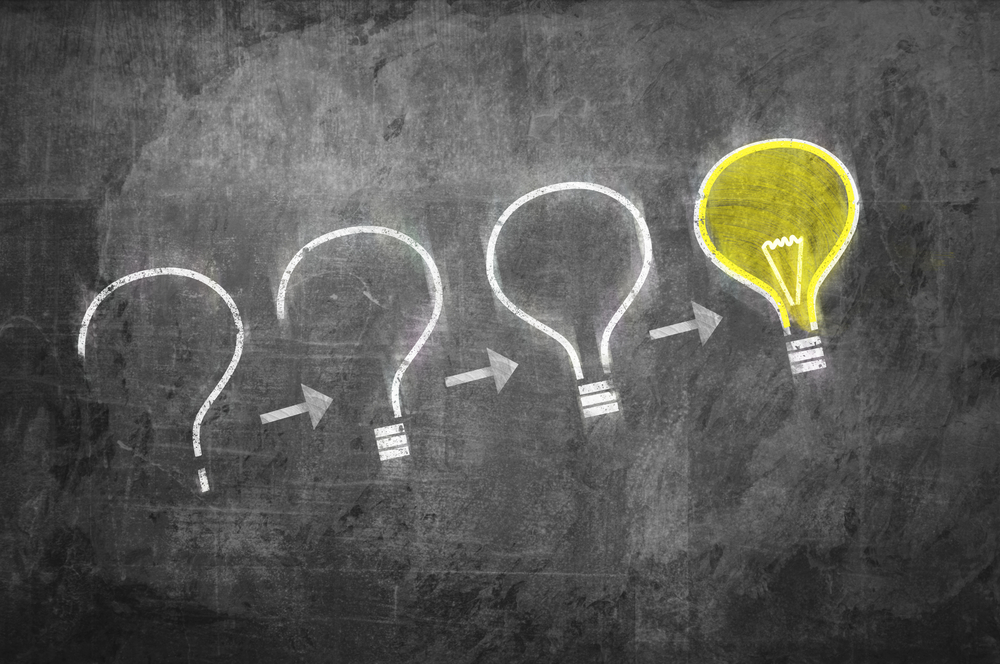Rising house prices and increased availability to higher loan-to-value lending has meant there has been a sharp fall in the number of households unable to remortgage.
 That’s according to Countrywide’s latest Quarterly Market Review, which shows that in September just 5 per cent of mortgaged households would be unable to pass tighter lending criteria, down from 9 per cent a year ago.
That’s according to Countrywide’s latest Quarterly Market Review, which shows that in September just 5 per cent of mortgaged households would be unable to pass tighter lending criteria, down from 9 per cent a year ago.
In the last year, just over 400,000 out of the total 10.8 million mortgaged UK households have found themselves no longer to be mortgage prisoners and as a result have been able to cut their mortgage payments.
In London and the South East, less than 0.1 per cent of households still have insufficient equity to remortgage.
Post 2008, tighter lending criteria has required remortgaging households to hold more equity. In areas of the country where house prices remain significantly below 2007 levels, households who took out 95 per cent or even 90 per cent loan-to-value mortgages between 2004 and 2011 will still find themselves in a position where they cannot remortgage.
These are mortgages which are now secured on a more expensive Standard Variable Rate, held by households which have not been able to take advantage of increasingly attractive fixed rate mortgage deals.
Those households which have been able to remortgage have benefited from substantially lower interest rates. A remortgaging household in 2014 saw their monthly payments fall £115 per month on average, equivalent to 12 per cent of the total monthly payment.
The average remortgaging household secured an interest rate 1.1 per cent below their existing deal, while households coming off longer fixed rate mortgages saw their mortgage payment fall considerably more.










 Buy-to-let
Buy-to-let











